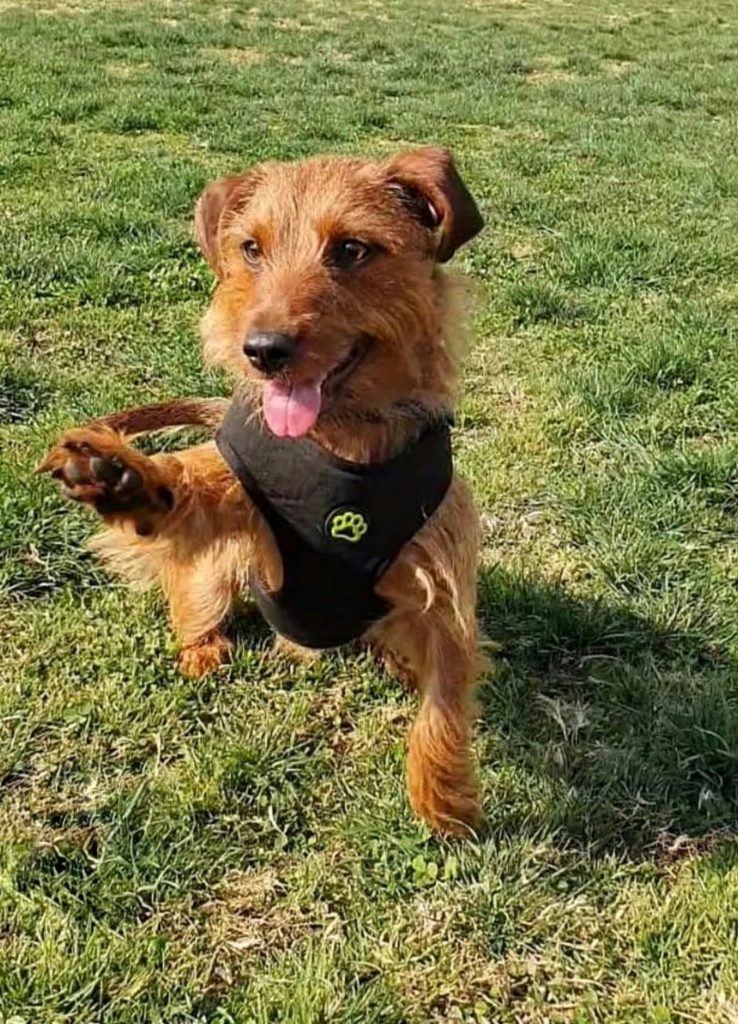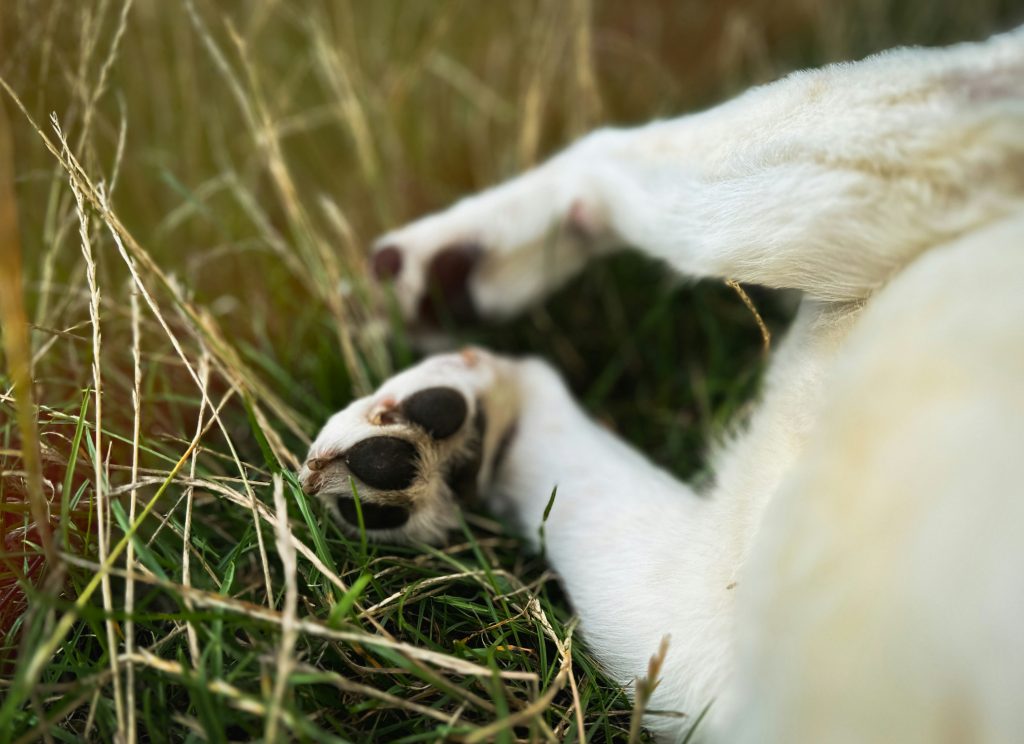Paw Pads as Sensory Tools: More Than Just Padding
When most people think of a dog’s paw pads, they imagine tough, protective foot cushions. And while that’s true, it’s only part of the story. Paw pads are surprisingly sensitive, acting as important sensory organs that help dogs interact with and understand their environment.
In this blog, we’ll explore the sensory functions of paw pads—why dogs can “feel” the world through their feet, and how those nerve-rich structures impact movement, balance, behavior, and even communication.
1. Paw Pads Are Full of Nerve Endings
Despite being thick and tough on the outside, dog paw pads are densely packed with nerve receptors beneath the surface. These sensory nerves are responsible for detecting:
-
Vibrations
-
Pressure
-
Texture
-
Temperature
This allows dogs to gather vital information about the ground beneath them—such as whether it’s slick, sharp, warm, or moving.
2. How Sensory Feedback Affects Balance and Gait
Dogs rely heavily on their paw pad sensitivity to navigate terrain safely. Those tiny nerve signals provide instant feedback that helps them adjust their posture and movement in real time.
For example:
-
A slick floor might trigger a more cautious gait.
-
A rocky surface might prompt shorter, more precise steps.
-
Warm pavement may cause a dog to seek shade or lift its feet more quickly.
This makes paw pad sensation crucial for agility, athleticism, and injury prevention.
3. Dogs Feel Emotions Through Their Feet—Sort Of
While dogs don’t “feel emotions” with their feet the way we do with facial expressions, paw pad sensitivity does influence how they respond to emotional stress. When anxious or overstimulated, some dogs excessively lick or bite their paws because the nerve feedback helps them self-soothe—similar to how humans might bite their nails or rub their temples.
This behavior can be both a calming mechanism and a sign of discomfort—so it’s worth paying attention to.
4. Dogs Use Paw Pads for Subtle Communication
Have you ever seen a dog press its paw on another dog, a toy, or a person? While sometimes it’s just play, it can also be a form of tactile communication.
Because paw pads are sensitive, pressing them against something provides feedback—but also sends a message, such as:
-
“I want attention.”
-
“I’m feeling playful.”
-
“I’m trying to comfort you.”
Some dogs even rest their paw on you gently during emotional moments—not just for contact, but because it feels reassuring to them, too.
5. Why Paw Sensitivity Matters in Training and Grooming
Because of the rich nerve supply, many dogs are sensitive about having their feet handled. It’s not just stubbornness—having their paws touched can feel strange or uncomfortable if they’re not used to it.
This sensitivity plays a role in:
-
Grooming tolerance
-
Nail clipping resistance
-
Reactivity during paw exams
To help your dog adjust, you can use positive desensitization techniques like gentle touch and rewards to make paw handling more comfortable over time.
6. Paw Pads and Environmental Awareness
Dogs don’t wear shoes (most of the time), so their feet are in constant contact with their environment. This direct contact lets them:
-
Sense vibrations from vehicles or approaching people.
-
Feel the heat or chill of a surface instantly.
-
Detect terrain changes that humans might overlook.
Some experts believe paw pad sensitivity may even help dogs orient themselves when navigating new areas, especially in the dark.
Conclusion
Paw pads do more than protect your dog’s feet—they connect your dog to the world. Packed with nerves and responsive to the slightest changes in surface, temperature, and pressure, they’re essential tools for movement, exploration, and communication.
In our next post, we’ll explore what happens when paw pads are injured—and how to treat and protect these vital structures.



